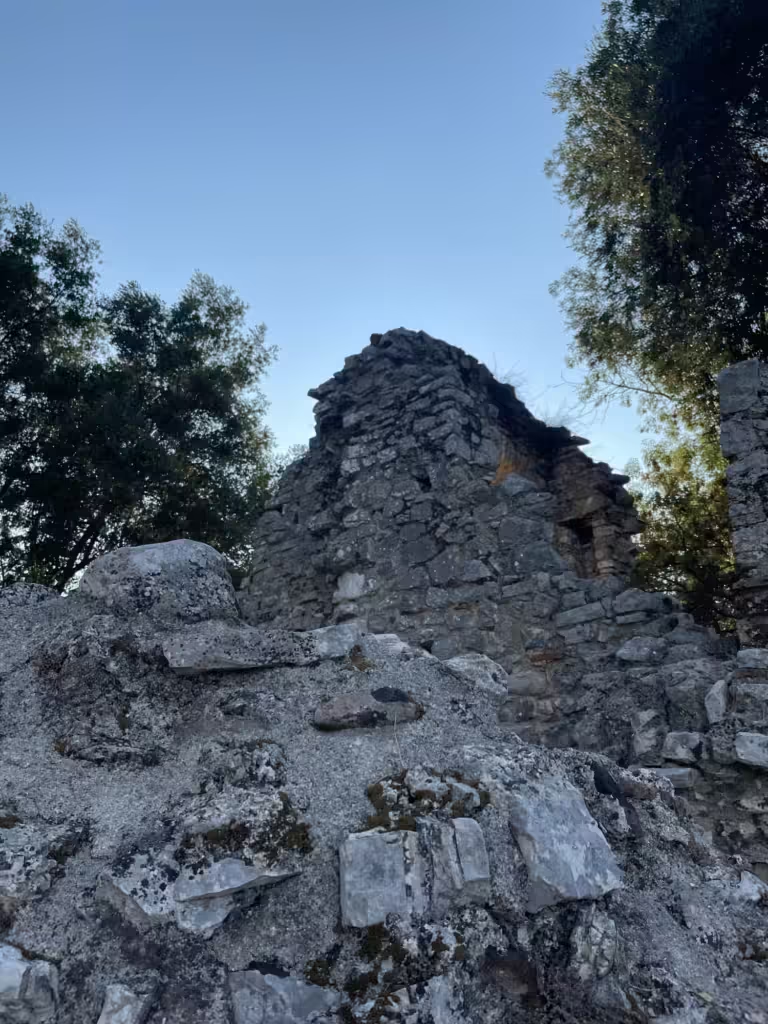The Turkish Construction of the Seraglio in Këlcyrë in the 19th Century

The 19th century brought significant changes to Albania under Ottoman rule. During this period, the Ottoman Empire greatly influenced both architecture and culture. One prominent structure from this era was the seraglio, a palatial residence. Notably, these buildings often served as administrative centers or homes for high-ranking officials. In the town of Këlcyrë, a seraglio was built, further highlighting the town’s strategic importance and the broader Ottoman influence in the region.
Historical Context
The Ottoman Empire had a deep impact on the Balkans, particularly in Albania, which remained under Ottoman rule for centuries. By the 19th century, the empire faced both internal and external pressures. Consequently, the empire sought to consolidate its territories and modernize its infrastructure. The construction of the Këlcyrë seraglio was a direct result of these efforts. Through this construction, the Ottomans aimed to control strategic locations and assert their authority.
Këlcyrë, located in southern Albania, held significant strategic value. The town connected key locations like Berat, Korça, and Gjirokastra. Therefore, its position made it a crucial link in the region’s trade network. As a result, Këlcyrë became a focal point for Ottoman administrative and military activities.
The Seraglio in Këlcyrë
The Këlcyrë seraglio, built in the 19th century, served many purposes. Primarily, it housed the local Ottoman governor or a high-ranking official. Moreover, this residence symbolized Ottoman authority in the region. The seraglio’s design combined traditional Ottoman architecture with local styles. This blend of influences was clearly visible in the Këlcyrë seraglio.
Typical Ottoman seraglios featured large courtyards, expansive living quarters, and various administrative offices. Furthermore, these structures were not just homes. Rather, they functioned as centers of power where crucial decisions were made. Consequently, the Këlcyrë seraglio likely played a key role in managing local affairs. It oversaw tax collection and coordinated trade activities within the town.
Strategic and Economic Importance
The Këlcyrë seraglio underscored the town’s strategic value to the Ottoman Empire. Its location allowed control over the movement of goods and people. Therefore, by establishing a strong administrative presence, the Ottomans could manage this vital corridor effectively. This ensured that the region remained secure and profitable.
Additionally, the seraglio’s presence significantly contributed to Këlcyrë’s growth. During the 19th century, the town became a key trading center. As a result of the stability and administrative focus provided by the Ottoman authorities, Këlcyrë thrived. It connected traders from the Adriatic coast to the Balkans’ interior.
Legacy of the Ottoman Era
Although the seraglio may not have survived, its impact on Këlcyrë’s development is undeniable. The seraglio was more than just a building; it represented the Ottoman Empire’s reach and its ability to integrate distant regions into its domain.
Today, Këlcyrë’s historical significance continues to be recognized. Its Ottoman-era heritage forms a key part of its identity. As a result, the town’s strategic location, once vital to the Ottoman administration, now draws visitors. They come to explore the rich history and culture of Albania.
Conclusion
In conclusion, the construction of the seraglio in Këlcyrë during the 19th century highlights the town’s importance within the Ottoman Empire. As both an administrative and residential building, the seraglio played a crucial role in the region’s governance and economy. While the seraglio itself may no longer exist, its legacy endures. It remains a lasting symbol of Këlcyrë’s pivotal role in the Ottoman Balkans.




